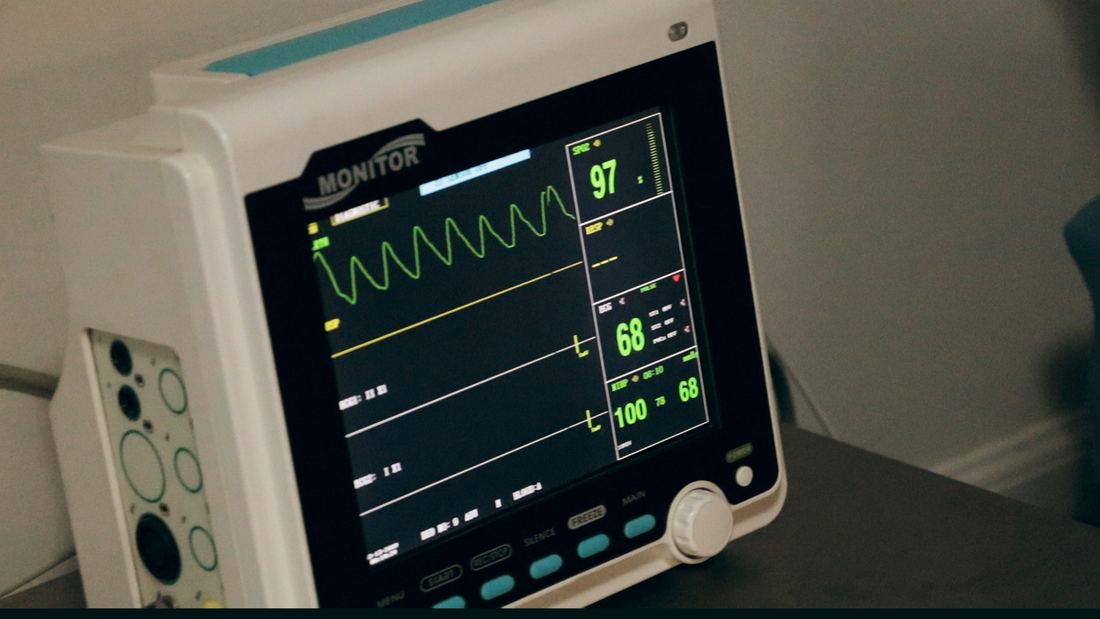myocardial infarction (MI)
Basic Exercise Guidelines
- ***NOTE: For exercise prescription purposes, it is strongly advised that all clients who have experienced an MI consult their physician or other health care professional and undergo a medically supervised exercise test before engaging in an exercise program to assess, among other factors, the ability to safely engage in such activity and the duration and intensity at which the client can participate before the onset of symptoms of ischemia.
- IN ADDITION: conjunction, to ensure safety, it is highly recommended that all such clients also engage in a supervised exercise program with appropriately qualified exercise professionals before participating in unsupervised exercise
- aerobic exercise call for a light to moderate intensity with an estimated RPE of 12-16 or 40% to 80% of VO2 or heart rate reserve
- frequency should be at least three days per week for 20 to 60 minutes, continuous or accumulated over multiple bouts
- resistance training may be performed at 40% to 80% of 1RM, and a circuit weight training format of 8 to 10 stations is appropriate
- for those who have been thoroughly screened, HIIT may also be suitable and more efficient for producing fitness gains
- engaging in activities of daily living may assist in reducing risk factors by increasing caloric expenditure and may improve overall fitness gains especially for those with low fitness levels
- an extended warm up and cool down is warranted
